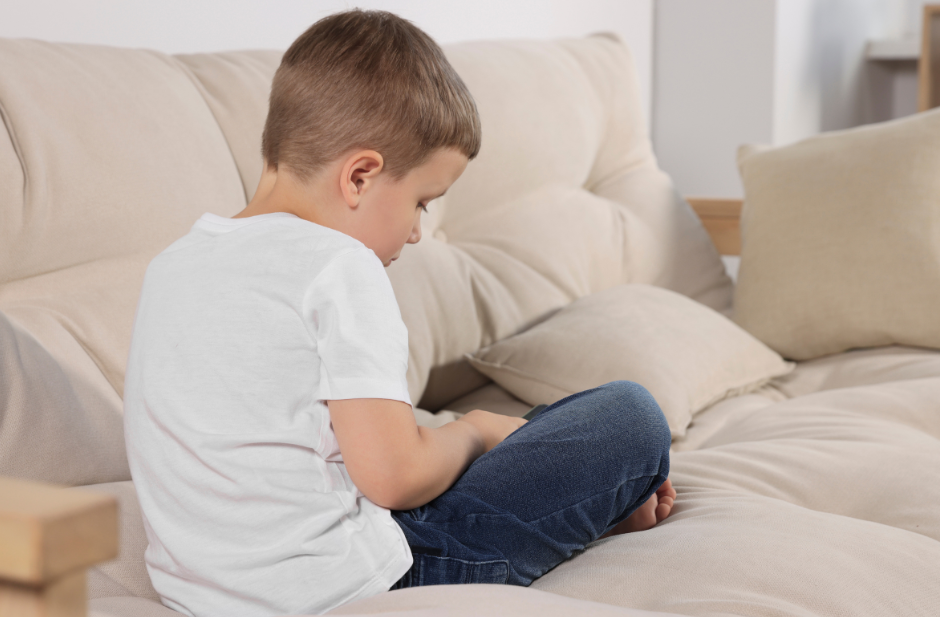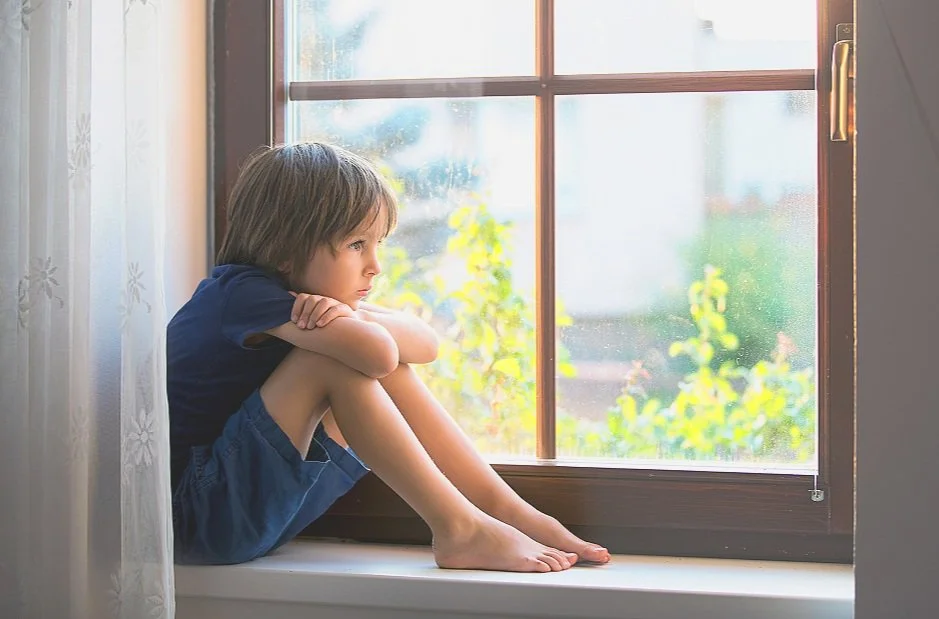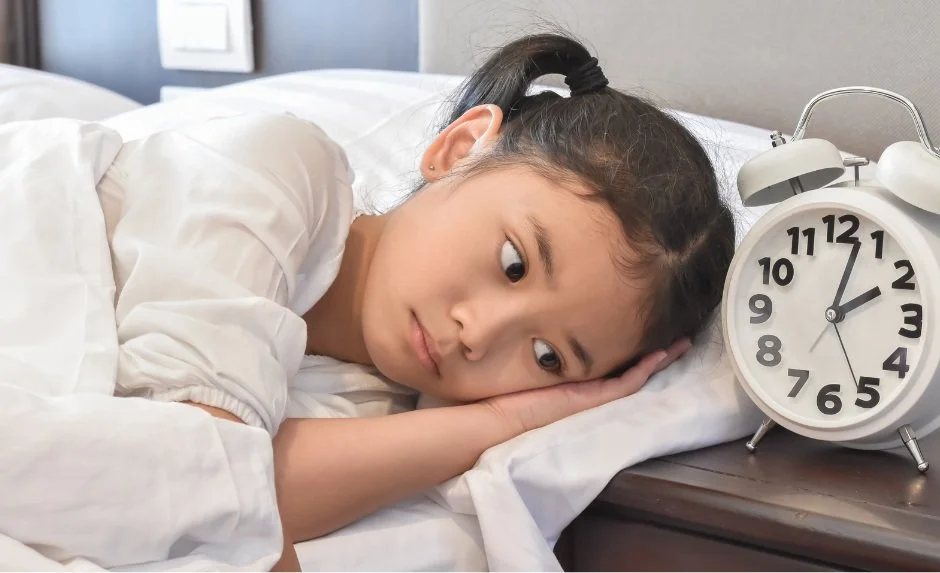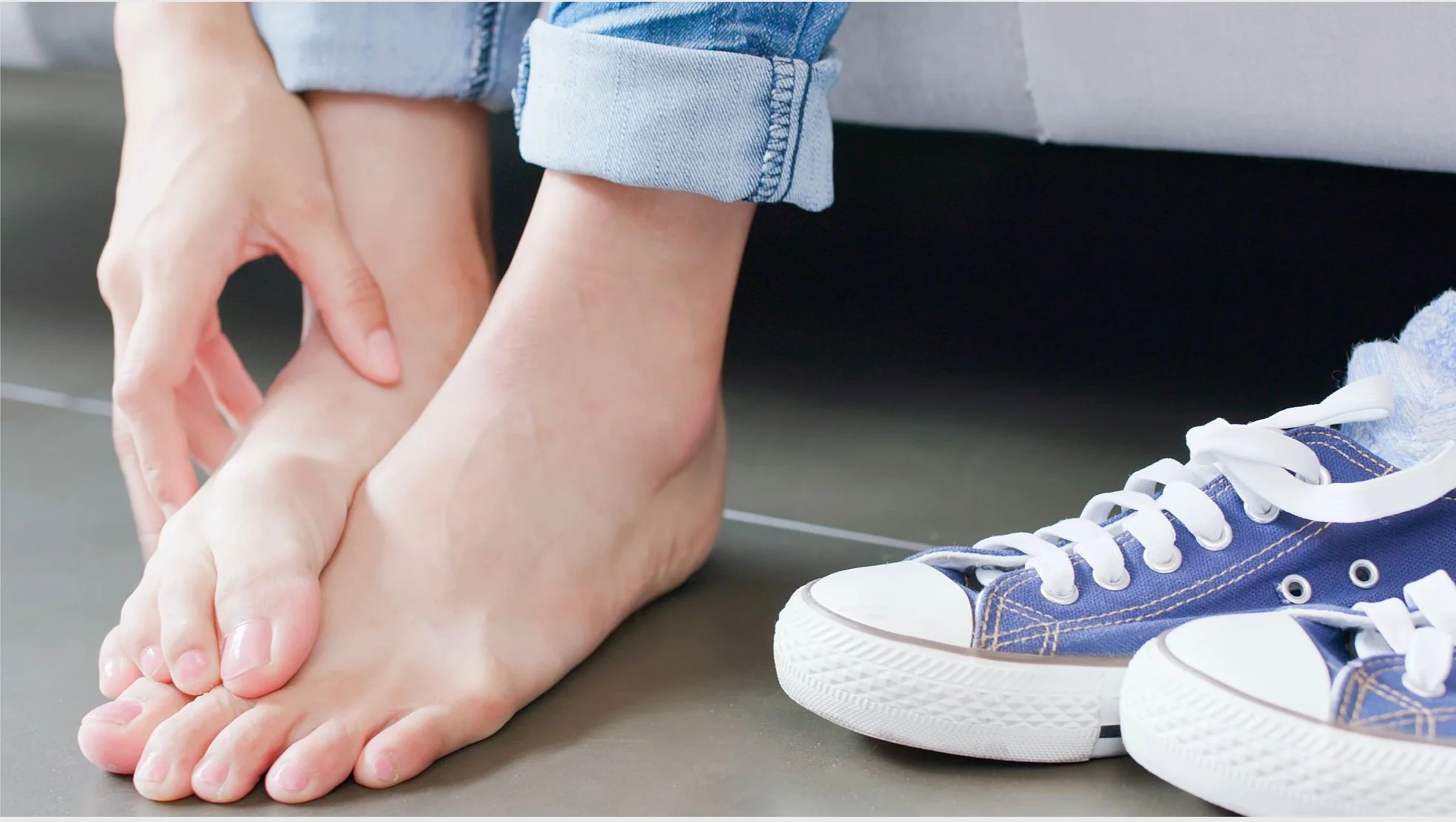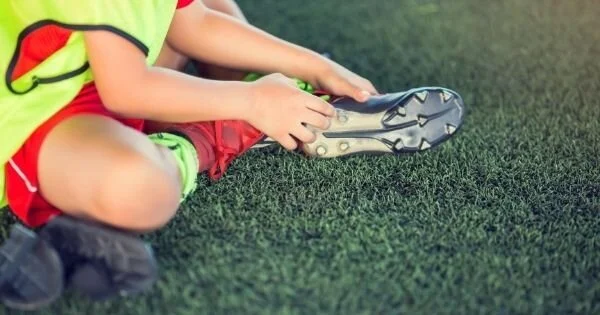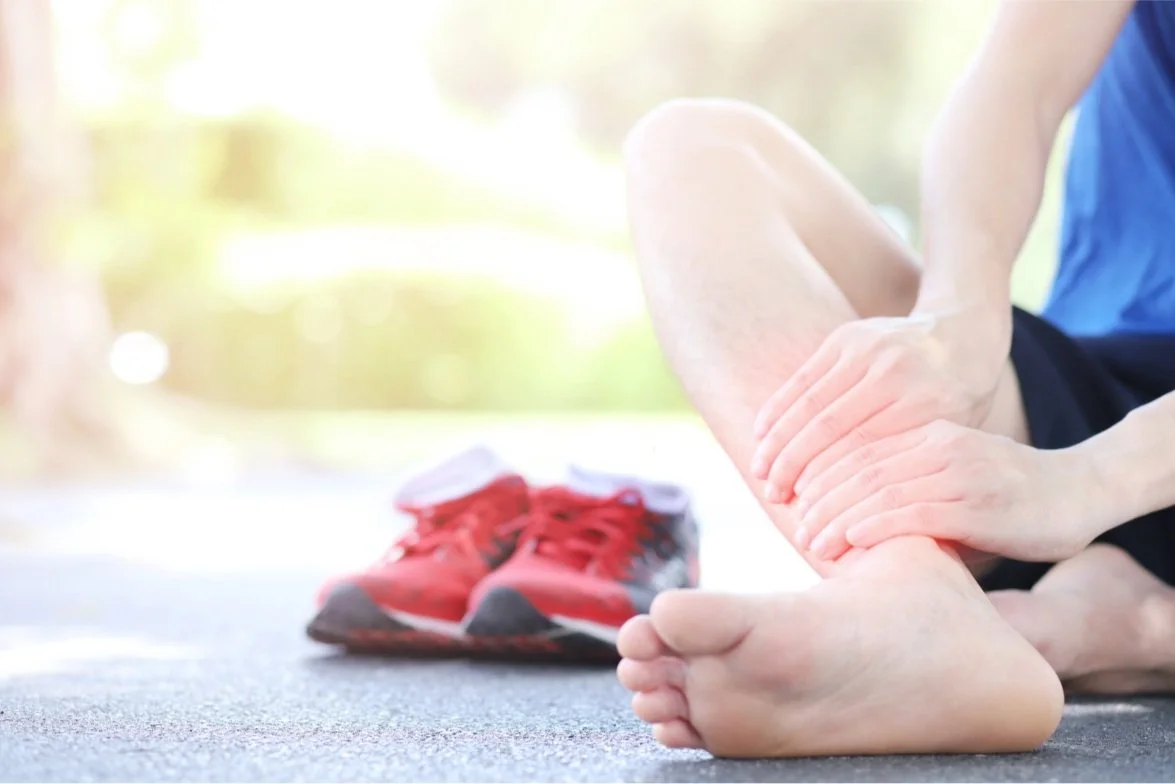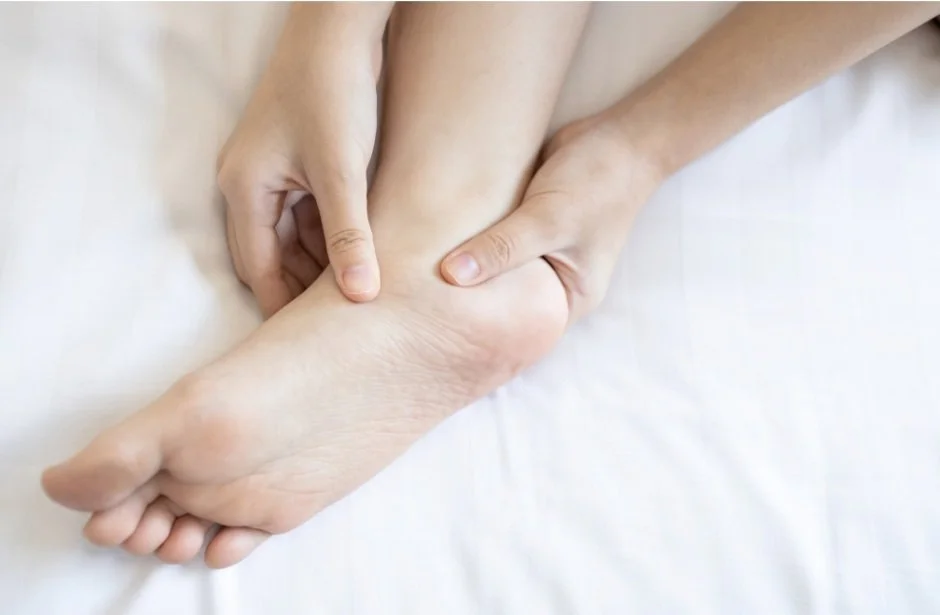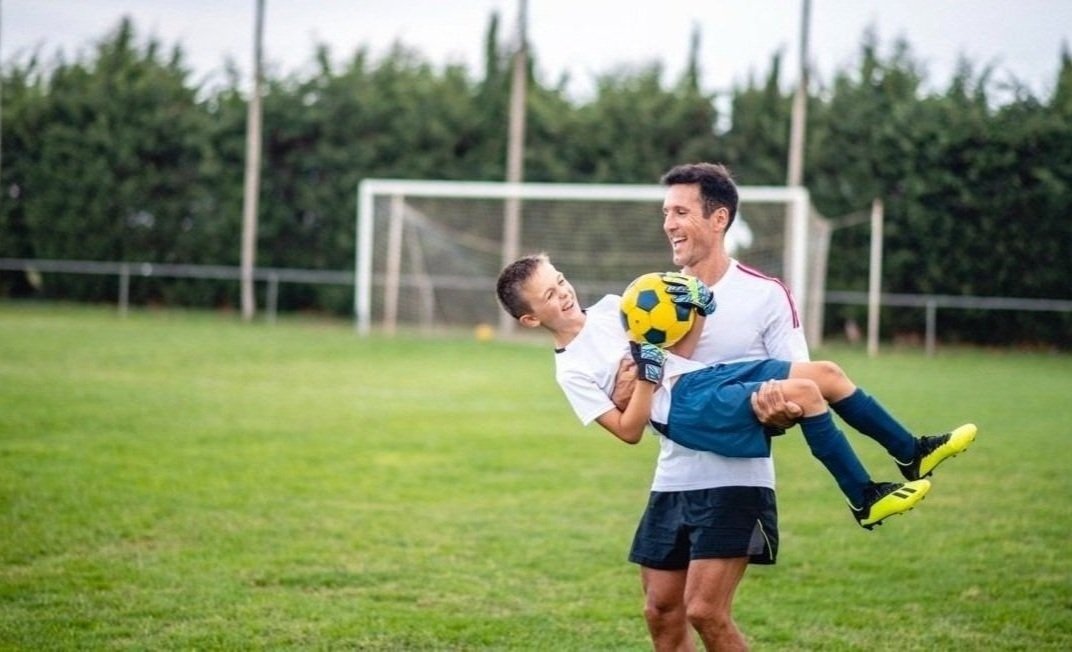
PEDIATRIC PODIATRY
VIP TREATMENT FOR YOUR MVP
Our team of pediatric podiatry specialists treats children and athletes of all ages experiencing pain or discomfort in the feet, ankles, legs, knees, hips, back, and lower body.
These warning signs are indicators of issues and/or ongoing conditions that may require medical attention.
10 WARNING SIGNS THAT YOUR CHILD NEEDS HELP AND IS SUFFERING FROM A FOOT, ANKLE, OR SECONDARY CONDITION
Complaining of pain, cramping, or numbness in the foot, ankle, knee, hip, and lower back
Repetitive or reoccurring injuries relative to the feet, ankles, or lower body extremities
Fatigue – Can’t keep up during sports-related activities
Avoiding sports and physical activities
Stumbling or tripping
Trouble sleeping
Hiding their feet
Rolling of ankle
Change in gait
Poor posture
Don’t wait. Take action. Call our office today (610) 522-9200 or use our contact form to schedule a biomechanical examination with one of our pediatric sports medicine podiatry specialists.
IS YOUR YOUNG ATHLETE EXPERIENCING PAIN IN THE FEET, ANKLES, KNEES, LEGS, HIPS, OR LOWER BACK?
Regardless of the severity of the pain, children’s feet and lower bodies should not hurt. The most common causes of foot, ankle, and lower body pain in children and young adults are the result of faulty biomechanics, genetics, traumatic injury, and/ or overuse. Rest alone will not solve the issue, you need to have their posture, foot mechanics, and training techniques evaluated. These issues, injuries, and conditions need to be corrected and treated early on, to prevent further damage, worsening conditions, and the possibility of life-long pain and suffering. Some are more noticeable than others, but regardless, the good news is that almost all of them can be easily and effectively treated with a custom orthotic.
Having a balanced structure means a reduced chance of injury, improved stability, confidence, increased endurance, and overall athletic performance. The best way to treat faulty biomechanics is by scheduling a complete biomechanical exam and custom orthotic evaluation. If you don’t correct the mechanics using the help of a custom orthotic, the symptoms will resume and are likely to create more issues, pain, and secondary conditions……. now and in the future.
The most common cause of all these problems is poor mechanics of the foot and ankle because they are unable to support the rest of the body. As a result, the body tries to compensate for these foot and ankle corresponding weaknesses by putting excess abnormal pressures on the hip, knees, legs, and back. Misalignment causes strain and strain causes pain. This can lead to one of many foot conditions which include: Plantar fasciitis, heel spurs, and Achilles tendon problems. Even the smallest misalignment in the foot can cause significant pain or discomfort and can lead to other foot conditions like bunions, hammertoe, corns, etc.
Growing pains are a myth. Although some pediatricians may say that they will go away, the truth is that “growing pains” are the result of real conditions that need to be treated. The most common conditions that are mislabeled as “growing pains” are shin splints or flatfeet, both of which can easily be corrected and treated with custom orthotics.
Call our office at (610) 522-9200 or contact us to schedule a biomechanical evaluation with one of our pediatric podiatry specialists today.
COMMON SYMPTOMS, ISSUES, AND TREATMENT OF LOWER BODY PAIN IN CHILDREN OF ALL AGES
FLATFEET
If your son or daughter is not participating as often in sports or other physical activities or is complaining of foot pain, don't think it's caused by "growing pains". There is no such thing as growing pains. What your son or daughter may be experiencing is a common developmental foot condition, the most common one is flatfeet and the good news is that could be simply treated with a custom foot orthotic.
Understanding Flatfeet
People with normal, fully-developed foot arches have a noticeable upward curve located in the center of the foot. When arches develop fully, the tendons and ligaments in the foot and lower leg help provide stability and support. Flatfeet—also called fallen arch— results from an undeveloped or collapsed arch. Most cases of flatfeet are hereditary and are present from birth. In other cases, flatfeet can develop from overuse and injury.
Flatfeet is common and is usually a painless condition in children, though it can cause arching pain in adolescents and adults in some cases. For adults, pain may occur as a result of physical activity and there may be some dull pain after long periods of rest. The cause of a fallen arch is simple: the tendons and ligaments that support the arch weaken and then collapse due to stress or overuse.
Signs and Symptoms of Flatfeet
Children whose arches do not develop aren’t always affected by flatfeet. In some cases, flatfeet can throw joints out of alignment.
While many adults do not show any indications of flatfeet, they may have symptoms such as arch pain. More often than not, flatfeet cause noticeable fatigue in the arches, heels, knees, or lower back. Other common symptoms of flatfeet include:
Feet that ache
Swollen feet
Difficulty moving the foot
Back or leg pain
Testing for Flatfeet
There is a simple test you can do on your own to test for flatfeet. What you’ll need is a concrete surface and some water. Start by getting your feet wet, then stand normally on a flat surface. Then, step away from the imprints and evaluate the step marks. People with normal arches will see an imprint with the inside curve of the foot missing. People with flatfeet will see the entire imprint of the bottom of the foot.
Flatfeet Treatment
Professional treatment of flatfeet will depend on the severity and cause of the problem. It’s vital to have flatfeet examined by a podiatrist because it can lead to more serious problems like heel spurs, ankle or knee pain, or arthritis. When flatfeet cause severe pain or begin contributing to other conditions, your doctor may suggest one or more of the following treatments:
Stretching exercises
Supportive shoes
Physical therapy
When pain or foot damage becomes severe, your doctor may recommend surgery. Contact Dr. Lee S. Cohen & Associates today for more information or to set up a consultation with one of our pediatric sports medicine podiatry specialists at one of our conveniently located offices in Ridley Park, PA., and Marlton, N.J. (610) 522-9200
LEG PAIN
SHIN SPLINTS
Shin splints are a common exercise problem and sports injury, but what exactly does it mean? The medical term for shin splints is medial tibial stress. The stress occurs with the inflammation of muscles, connective tissue, and bone tissue along the inner shin bone (tibia). The stress is directly related to physical activity, typically running or dancing. Moreover, any type of vigorous activity can bring about this problem, especially if starting a new fitness routine.
What causes shin splints?
The lower leg muscles and bony tissue (periosteum) become overworked and overloaded in the shin, especially with repetitive activity. A sudden, swift change or sharp spike in duration and intensity of a workout routine or a change from flat surface to hills when running can increase a child’s risk for shin splints. Flat feet, high rigid arches, and rolling the foot (pronation) often contribute as well.
What are the symptoms?
The most common symptom of shin splints is pain along one or both inner shin bones (tibias. Pain may be described as sharp or dull during and after activity. Touching the tibia can cause pain or soreness. Symptoms can include night pain, swelling, muscle tightness and numbness, color change, cold foot or cause a limp; these are all red flag warning signs. A limp is often suggestive of a stress fracture. Night pain could indicate a bone injury, stress fracture, a bone lesion or tumor of the bone. Swelling of the shin can occur with a bone injury or blood clot. Muscle tightness, numbness, color change and cool foot often indicate exertional compartment syndrome or popliteal artery entrapment.
When should your child’s shin pain be checked?
Any persistent pain not responsive to basic rest and ice for a few days should be evaluated by a physician, especially with any red flag warning signs. A basic history and physical exam can point the doctor in the direction if tests are needed. Typically, a basic x-ray of the shin is the starting point. Other tests might be necessary during the investigation such as an MRI, ultrasound, bone scan or blood tests.
What are typical treatments for your child’s chin splints?
Once the diagnosis is confirmed, the goal is to decrease inflammation and get back to activity. The first secret to success is rest. Shin splints result from overuse- too much, too fast, too soon. Decreasing the impact and repetitive activity and substituting with low-impact physical activity such as swimming or elliptical is a good first step. The second secret to success is a correction of the root cause of the shin splints. The most common cause of shin splints is abnormal foot postures such as high arches, low arches, or a combination of both cause the muscles to pull abnormally on the leg bones. Therefore, inflammation and pain develop in the area.
So, first rest and at the same time make sure the pediatric athlete gets a complete biomechanical exam and is evaluated for custom foot orthotics. While the rest will help stop the pain, if you don’t correct the mechanics with a custom orthotic, the symptoms will resume.
To schedule a pediatric biomechanical examination today with one of our sports medicine podiatry experts use our contact form or call our office at (610) 522-9200.
HEEL PAIN
What is Calcaneal Apophysitis (Sever’s Disease)?
Calcaneal apophysitis is a painful inflammation of the heel’s growth plate. It typically affects children between the ages of 8 and 14 years old, because the heel bone (calcaneus) is not fully developed until at least the age of 14. Until then, new bone if forming at the growth plate (physis), a weak area located at the back of the heel. When there is too much repetitive stress on the growth plate, inflammation can develop.
Calcaneal apophysitis is also called Sever’s disease, although it is not a true “disease.” It is the most common cause of heel pain in children and can occur in one or both feet. While heel pain in adults usually subsides after a period of walking, pediatric heel pain generally doesn’t improve in this manner. In fact, walking typically makes the pain worse.
Causes:
Overuse and stress on the heel bone through participation in sports is a major cause of calcaneal apophysitis. The heel’s growth plate is sensitive to repeated running and pounding on hard surfaces, resulting in muscle strain and inflamed tissue. For this reason, children and adolescents involved in soccer, track, or basketball are especially vulnerable. Other potential causes of calcaneal apophysitis include obesity, a tight Achilles tendon, and biomechanical problems such as flatfoot or a high-arched foot.
Symptoms:
Pain in the back or bottom of the heel
Limping
Walking on toes
Difficulty running, jumping, or participating in usual activities or sports
Pain when the sides of the heel are squeezed
Tiredness
Diagnosis:
To diagnose the cause of the child’s heel pain and rule out other more serious conditions, we obtain a thorough medical history and ask questions about recent activities. We also perform a comprehensive examination and gait analysis.
Treatment:
Reduce Activity. The child needs to reduce or stop any activity that causes pain.
Support the heel. Temporary shoe inserts or custom orthotic devices may provide support for the heel.
Medications. Nonsteroidal anti-inflammatory drugs (NSAIDs), such as ibuprofen, help reduce pain and inflammation.
Physical therapy. Stretching or physical therapy modalities are sometimes used to promote healing of the inflamed tissue.
Immobilization. In some severe cases of pediatric heel pain, a cast may be used to promote healing while keeping the foot and ankle immobile.
To schedule your appointment with one of our pediatric podiatry experts use our contact form or call our office at (610) 522-9200.


